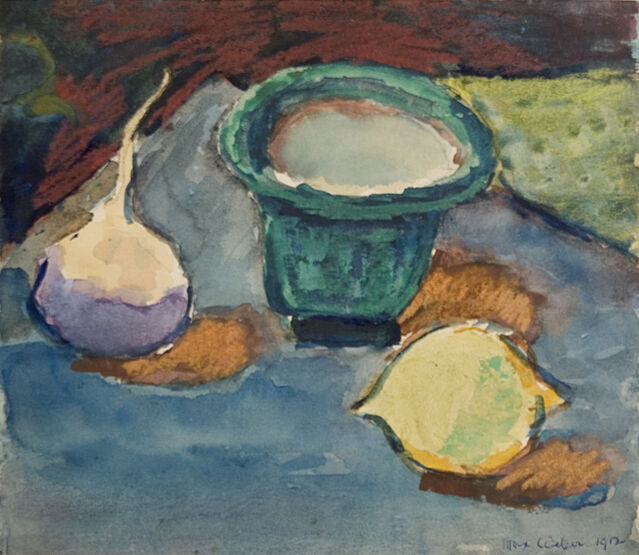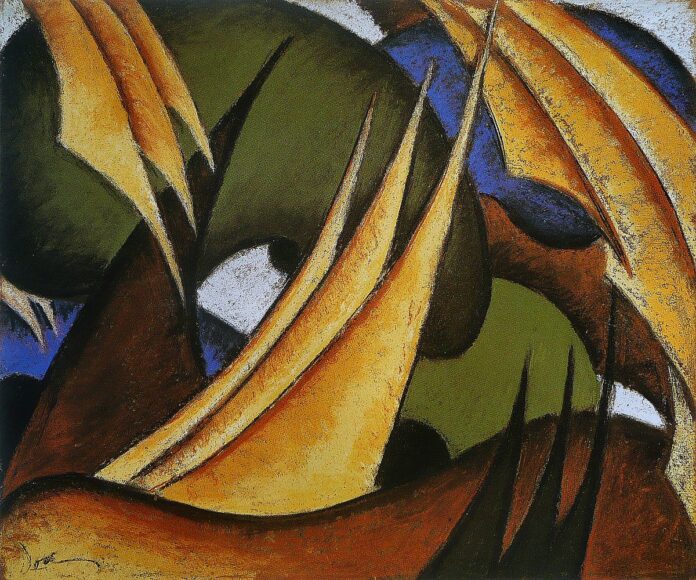We begin our conversation about modernism in America. Let’s first outline its features and name what American modernism art has brought to American literature.
American modernism art is an era between the two world wars. It was was the heyday of modernist trends. At the turn of the century, the decadence, impressionism, and symbolism that captured Europeans in the United States were of interest only to a very narrow bohemian circle. But by the 1920s, the situation had turned around.
American modernists were fond of avant-garde experiments and began to discover unusual forms for their viewers.
The “Lost Generation” is the name given to the generation whose youth came during the First World War. And most of the American modernists belong to it.
Ernest Hemingway wrote Gertrude Stein’s words “You are all a lost generation” as the epigraph to his novel The Sun Also Rises (Fiesta). The inability to find one’s place in the post-war world, disgust for falsehood and routine, craving for extreme experiences are common themes of American modernists.
The era of American modernism art splits into two opposite phases:
- “Roaring Twenties”;
- The Great Depression.
The Roaring Twenties was a decade of speed, bright colors, new rhythms, the pursuit of success and pleasure. Puritan tradition was rejected, as is the harsh heritage of the frontier. In the prose of F. Scott Fitzgerald, both the spirit of the times and the sense of the ephemeral nature of the brilliant new world are especially vividly embodied.
The Great Depression was a severe economic crisis that broke out in the autumn of 1929. It destroyed the illusion of carefree prosperity. The collapse of the American dream, chaos, confusion have become a common reality. Many figures in American culture joined the political left and did not hide political pathos: the best examples are in the novels of John Dos Passos and John Steinbeck.
Among the many American modernists who spoke for the first time since the late 1910s were people of varying degrees of talent and sincerity. Their work was associated not only with the achievements of European artists, but also with a clear rejection of American academicism.
The search for new forms, spatial and color solutions was a really important problem for American painting. American modernism was marked by internal contradictions and eclecticism. A typical example of American modernism s the work of Max Weber (1881-1974).
His works combined the principles of Cubism and Fauvism (“Interior with Still Life”, 1918). Arthur Dove (1880-1946) at the beginning of his career was close to the realistic depiction of nature, but from the mid-20s he became one of the first famous American modernists.

Artists known in the USA as abstract artists, M. Hartley (1887-1943), D. Merin (1870-1953), C. Demuth (1883-1935) created, along with formalist works, quite a few subtle, poetic, realistic watercolor landscapes.

























